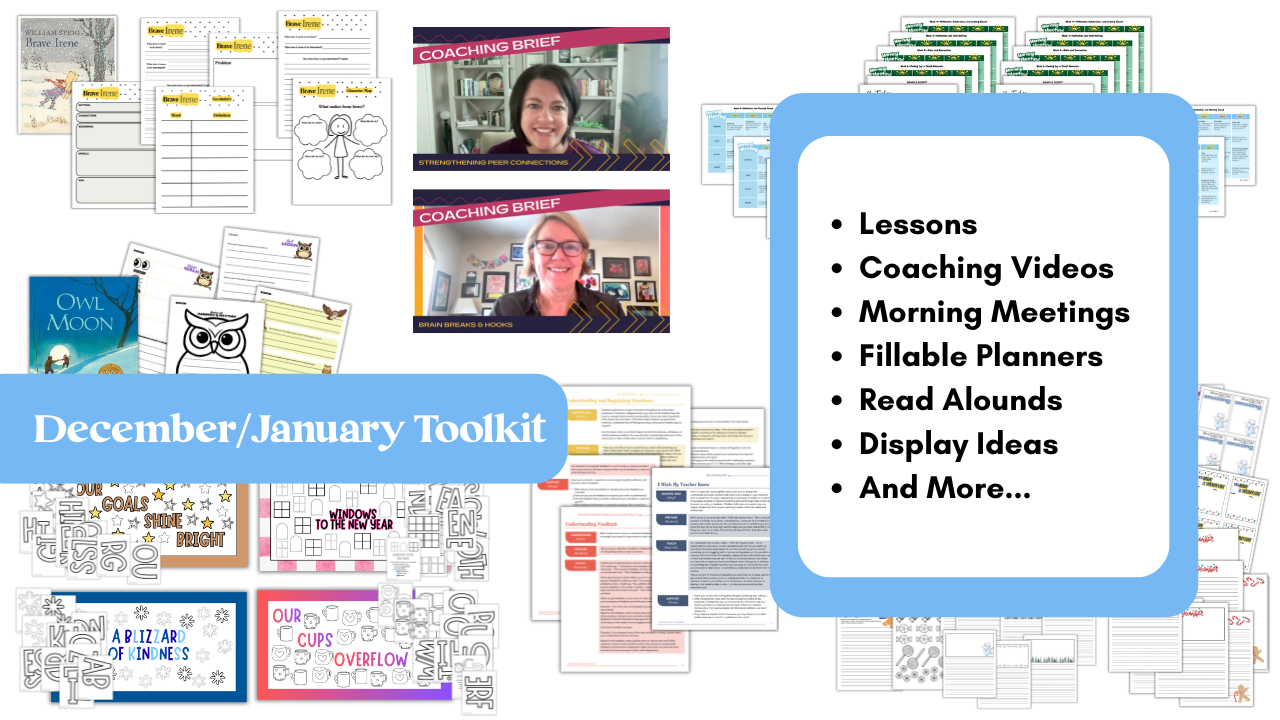
As teachers, we see the signs when students have anxiety over tests/ assessments: the shaky hands, the nervous glances, the "I forgot everything I ever knew" faces. Whether it's final assessments, state testing, or classroom benchmarks, the pressure is real—and for some students, it's paralyzing.
But here’s the good news: there are things we can do to help. And no, it doesn’t require a full week of mindfulness training or canceling the test altogether (though wouldn’t that be nice?).
Here are five practical, low-lift strategies you can start using tomorrow to support your students and help them breathe a little easier.
1. Normalize It: “Test Anxiety is Real”
First, name it. Acknowledge that test anxiety exists and that it’s normal. You might say:
“Lots of people get nervous before a test—kids and grown-ups. That doesn’t mean you’re not smart or prepared. It means your brain cares a lot about doing well!”
Normalize the feeling, then give it a name like The Worry Spot or Test Time Tingles. Taking the fear out of the shadows makes it easier to manage.
2. Teach Simple, Repeatable Calming Strategies
Before the test begins, give students a moment to pause, breathe, and self-regulate. Try this routine:
- Breathe in for 4 seconds
- Hold for 4 seconds
- Breathe out for 4 seconds
- Repeat 3 times
You can even pair it with visuals or finger tracing. Practicing this before test day helps students recall the tool during test time.
3. Reframe Their Inner Voice
Help students flip the script from “I’m going to fail” to “I’m going to try my best.” Create a quick anchor chart together with phrases like:
- “I am prepared.”
- “I know more than I think.”
- “I can take it one question at a time.”
You may even wish to let students create their own personal affirmation card to keep at their desk!
4. Reduce the Pressure, Not the Expectations
Sometimes the format of testing can heighten anxiety. A few tweaks can help:
- Allow short brain breaks during longer tests.
- Let students use a scratch paper checklist to track questions.
- Offer noise-canceling headphones or dividers to minimize distractions.
- Give students the chance to preview directions or look at a sample problem before the real test begins.
5. Practice in Low-Stakes Ways
Not everything has to feel high-stakes. Mix in some “test-like” questions during a game, centers, or group activity. When students see assessments as another way to show what they know, they’re less likely to panic.
- Review relays (teams solve one question at a time)
- Quiz-Quiz-Trade using task cards
- “Show What You Know” moments where students write one thing they feel confident about
Remember: Your calm is contagious. When we approach testing with confidence, flexibility, and care, our students feel it. Your voice saying, “You’ve got this,” may be the one thing that helps them push through the fear.
Testing doesn’t have to be terrifying. With a few intentional moves, we can help our students face it with tools, not just tension.
You’ve got this—and so do they.



